BRENT SPAR HISTORICAL TIMELINE
Inspired by a real-life protest in 1995, To Save the Sea is a vibrant, new musical about a group of environmental activists who occupy an oil structure in the North Sea.
- 1976: Shell installs the Brent Spar on the Brent oil field, located about 140 miles off
the coast of Shetland, in the North Sea. The Brent Spar was an oil store that could
hold up to 300,000 barrels of crude oil.
- 1980: Shell constructed a pipeline to go directly from the oil field to the mainland,
and so no longer had any use for the Brent Spar oil store.
- 1991: Dismantling the Brent Spar on land would cost Shell roughly £41 million,
whereas deep sea disposal (sinking the Brent Spar into the ocean) would only cost £19 million. They opted for deep sea disposal.
- 1995: While Shell planned to dump the defunct Brent Spar oil store in the middle of
the North Sea, a group of Greenpeace activists decided to take action, concerned
about the oil, toxins and PCB still present in the structure that would pollute the ocean
and harm sea creatures and global water systems.
- Activists from all over Europe assembled and set sail for the Brent Spar.
- April 1995: The activists scaled and occupied the Brent Spar and demand that Shell
or the UK government revoke their decision to dump the structure at sea.
- The activist remained on the Brent Spar for over 3 weeks, enduring the blasts of giant
water cannons from Shell vessels, and repeated attempts to intercept their supply boats.
the coast of Shetland, in the North Sea. The Brent Spar was an oil store that could
hold up to 300,000 barrels of crude oil.
- 1980: Shell constructed a pipeline to go directly from the oil field to the mainland,
and so no longer had any use for the Brent Spar oil store.
- 1991: Dismantling the Brent Spar on land would cost Shell roughly £41 million,
whereas deep sea disposal (sinking the Brent Spar into the ocean) would only cost £19 million. They opted for deep sea disposal.
- 1995: While Shell planned to dump the defunct Brent Spar oil store in the middle of
the North Sea, a group of Greenpeace activists decided to take action, concerned
about the oil, toxins and PCB still present in the structure that would pollute the ocean
and harm sea creatures and global water systems.
- Activists from all over Europe assembled and set sail for the Brent Spar.
- April 1995: The activists scaled and occupied the Brent Spar and demand that Shell
or the UK government revoke their decision to dump the structure at sea.
- The activist remained on the Brent Spar for over 3 weeks, enduring the blasts of giant
water cannons from Shell vessels, and repeated attempts to intercept their supply boats.
- May 1995: Shell removed protestors from the Brent Spar.
- Meanwhile, images of the activists being attacked with giant water cannons and
recordings of their appeal spread. Protests break out across Europe in support of the
activists. This includes petrol boycotts on Shell service stations, resulting in loss of
profits of up to 50% in parts of Germany.
- This battle also becomes an international, political saga, as UK Prime Minister John
Major and German Chancellor Helmut Khol go head to head at the G7 Summit.
Whilst Khol stands against deep sea disposal, Major stands by Shell.
- June 1995: As Shell started towing the Brent Spar out towards the dumping position in the middle of the North Sea, Greenpeace activists made a second attempt to board
the platform - via helicopter drop. On the structure, they are faced with defusing live
explosives.
- On board the Brent Spar once again, the activists received news that Shell was going to make a U-Turn and the rig started to turn around and go back to land. Victory!
- Meanwhile, images of the activists being attacked with giant water cannons and
recordings of their appeal spread. Protests break out across Europe in support of the
activists. This includes petrol boycotts on Shell service stations, resulting in loss of
profits of up to 50% in parts of Germany.
- This battle also becomes an international, political saga, as UK Prime Minister John
Major and German Chancellor Helmut Khol go head to head at the G7 Summit.
Whilst Khol stands against deep sea disposal, Major stands by Shell.
- June 1995: As Shell started towing the Brent Spar out towards the dumping position in the middle of the North Sea, Greenpeace activists made a second attempt to board
the platform - via helicopter drop. On the structure, they are faced with defusing live
explosives.
- On board the Brent Spar once again, the activists received news that Shell was going to make a U-Turn and the rig started to turn around and go back to land. Victory!
- July 1995: the Brent Spar was towed to Norwegian waters and, eventually,
dismantled on land. Parts of the structure were re-used to build a pier.
- 1998: The organisation OSPAR passed an official ban on dumping oil installations in the sea.
dismantled on land. Parts of the structure were re-used to build a pier.
- 1998: The organisation OSPAR passed an official ban on dumping oil installations in the sea.
But this story isn’t just for the history books, the protest against dumping the Brent Spar couldn’t be more relevant today:
- October 2019: More than twenty years after Brent Spar, Greenpeace activists boarded
offshore oil structures in the North Sea once again – Brent Alpha and Brent Bravo – to protest against Shell’s plans to leave these old, rusty structures floating in the ocean rather than removing and dismantling them properly.
- February 2023: Greenpeace activists occupy Shell’s brand-new oil platform for 13 days as it is transported to the North Sea. The activists demand there be no new oil and gas developments. They ask Shell to stop drilling and start paying for the damage fossil fuels have caused around the world.
- 2024, Ongoing: Shell are currently attempting to sue Greenpeace for $1.7 million for
‘intimidation’ following the 2023 protest, despite it being a safe, peaceful, well-planned, and democratic protest.
Find out more about the history of Brent Spar on the Greenpeace website here
Image credits: Greenpeace & David Sims
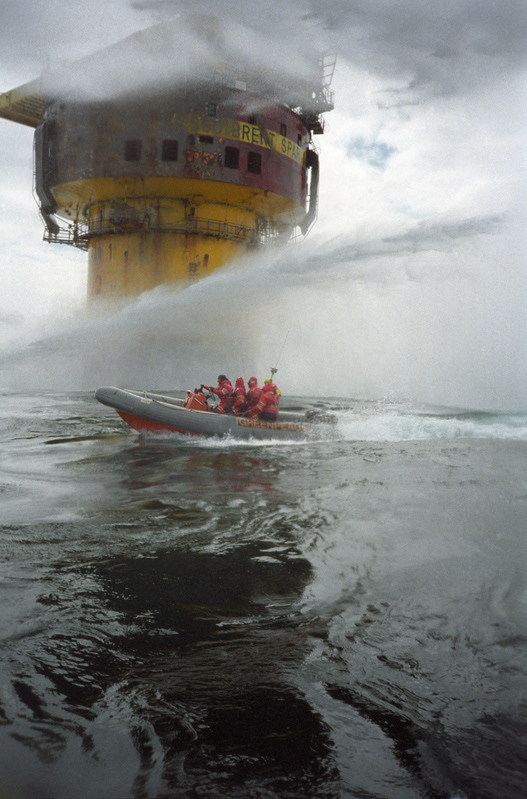


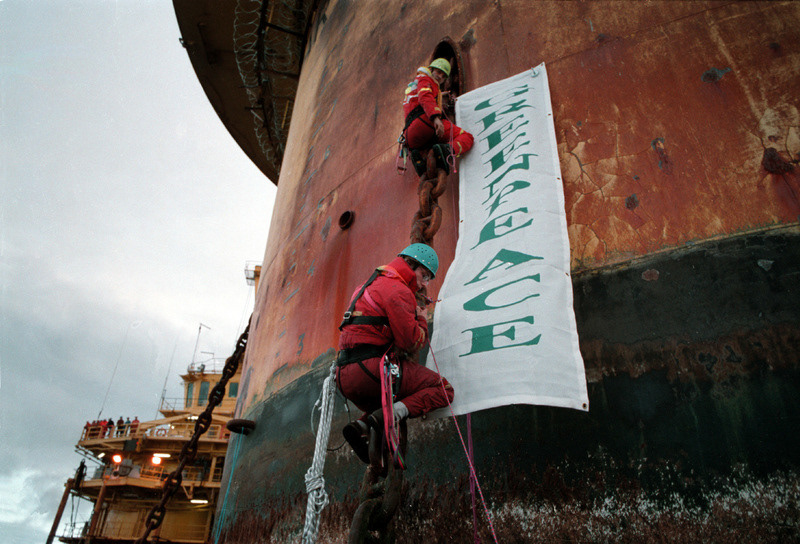

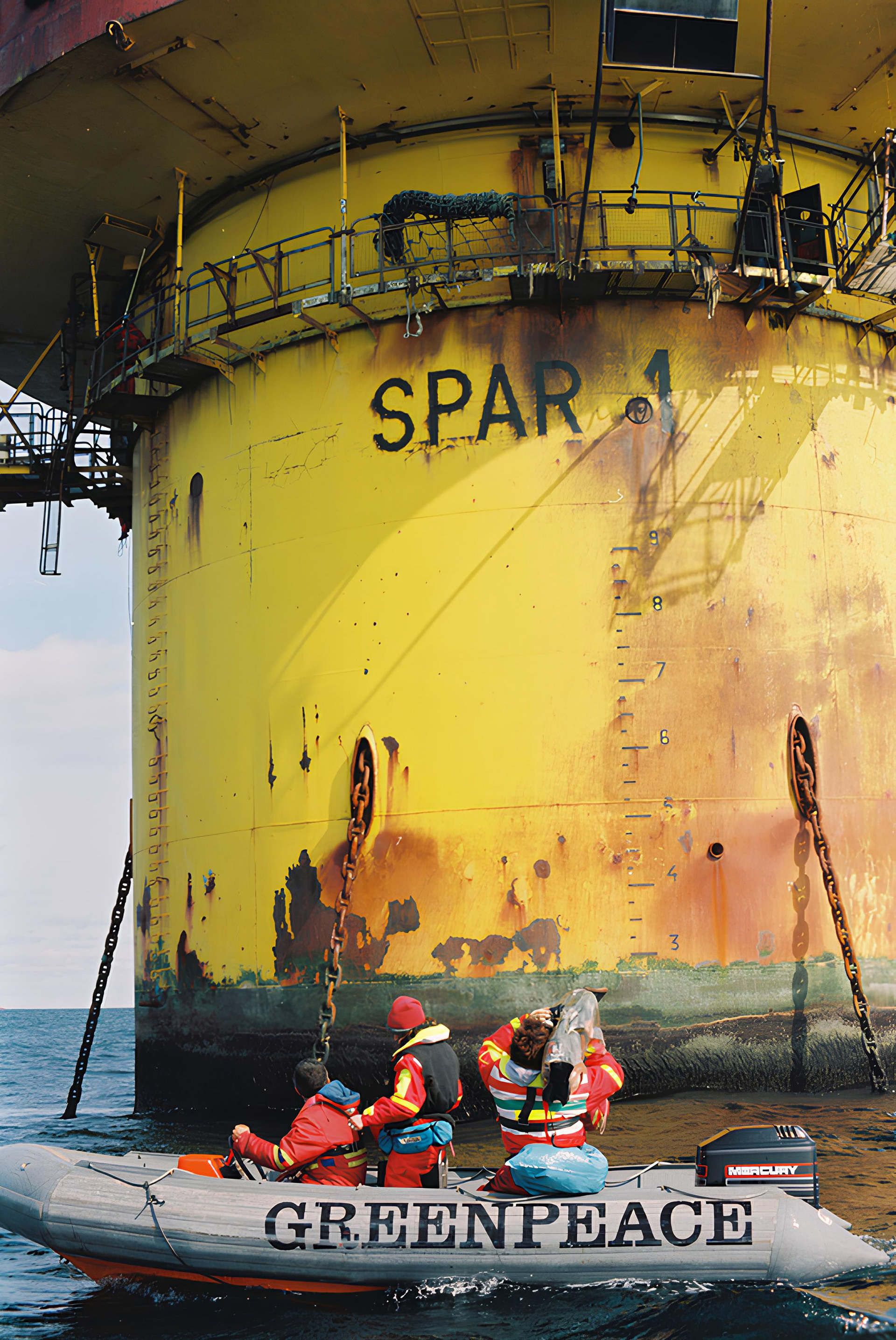

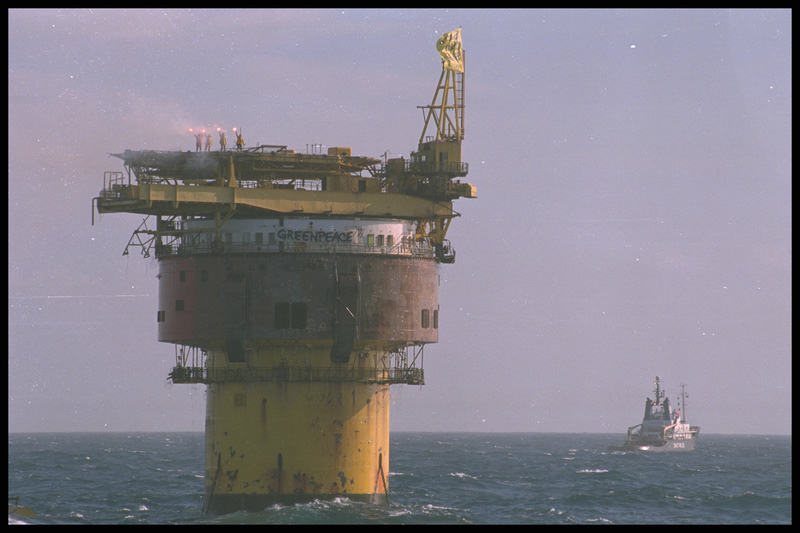
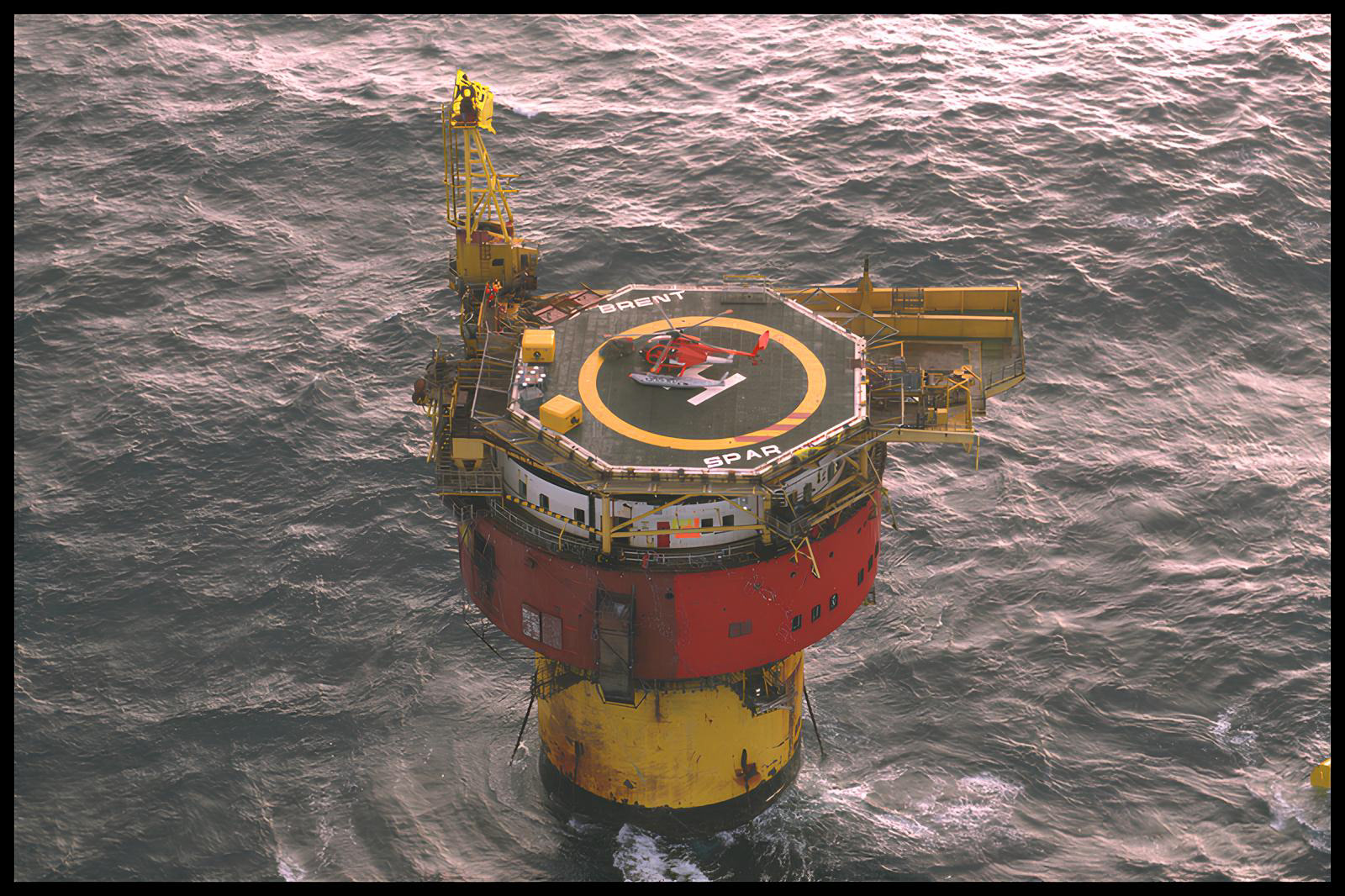
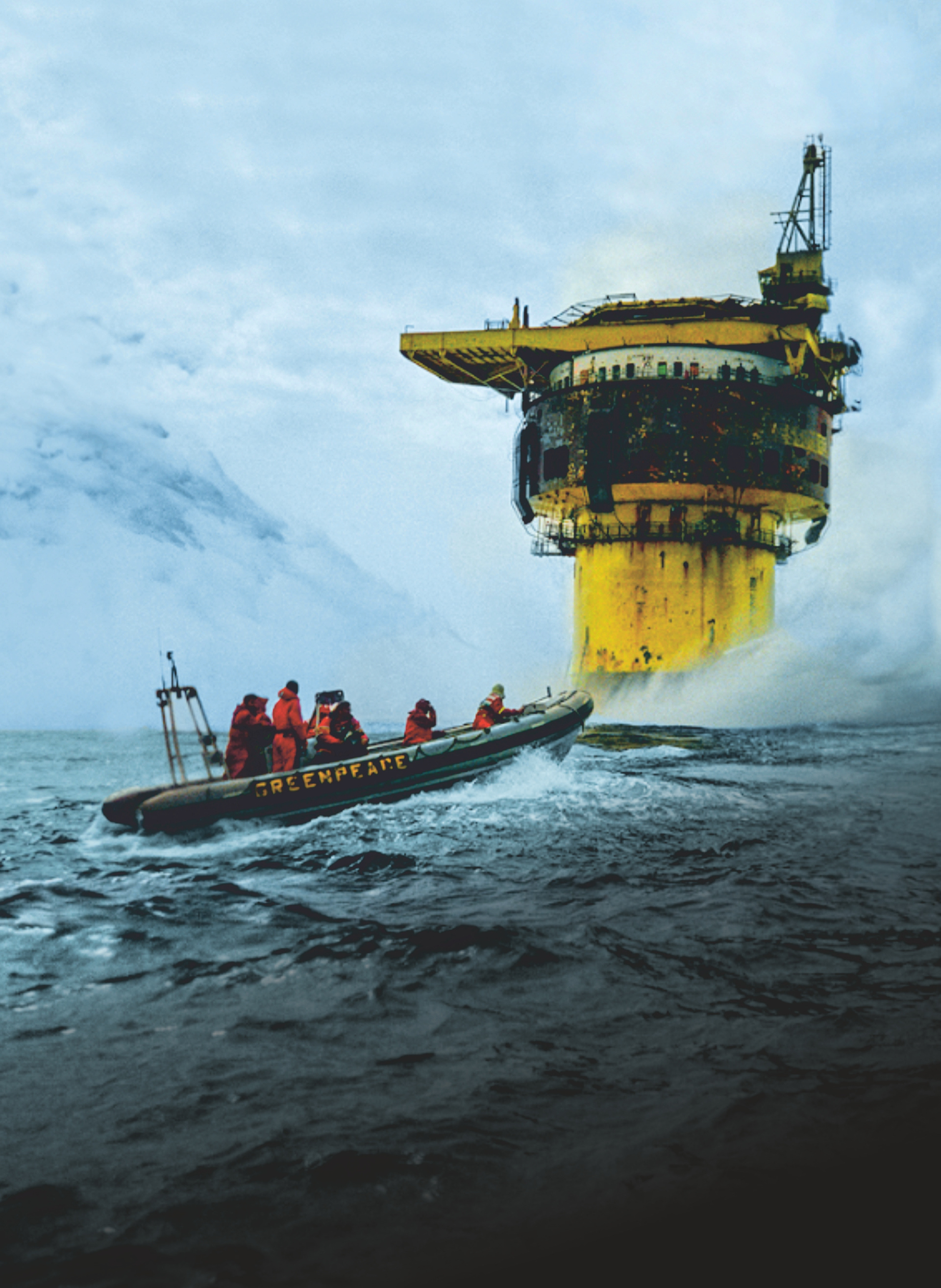
ABOUT TO SAVE THE SEA THE MUSICAL
WORKSHOP RESPONSES
We've been engaging with young people across the country through a workshop programme accompanying our Scottish tour. Taking inspiration from the show, we've been working with participants to build creative responses exploring what matters to them as young people today and allowing them to articulate the changes they wish to see in the world. Below is a snapshot of these responses which will evolve as we engage with new groups.
Imagine That Performing Arts




Imagine a world…
Imagine a world where the pressure doesn’t get to you.
Imagine a world where people can be who they want to be.
Imagine a world where animals can live in peace.
Imagine a world with no wars.
Imagine a world where money doesn’t matter.
Imagine a world where people are kind to each other.
Imagine a world where all the buildings are still gorgeous.
Imagine a world where everyone is treated equally.
Imagine a world where there’s no expectations.
Written by young people from Imagine That Performing Arts
RCS Junior Conservatoire




Youth Space Fife
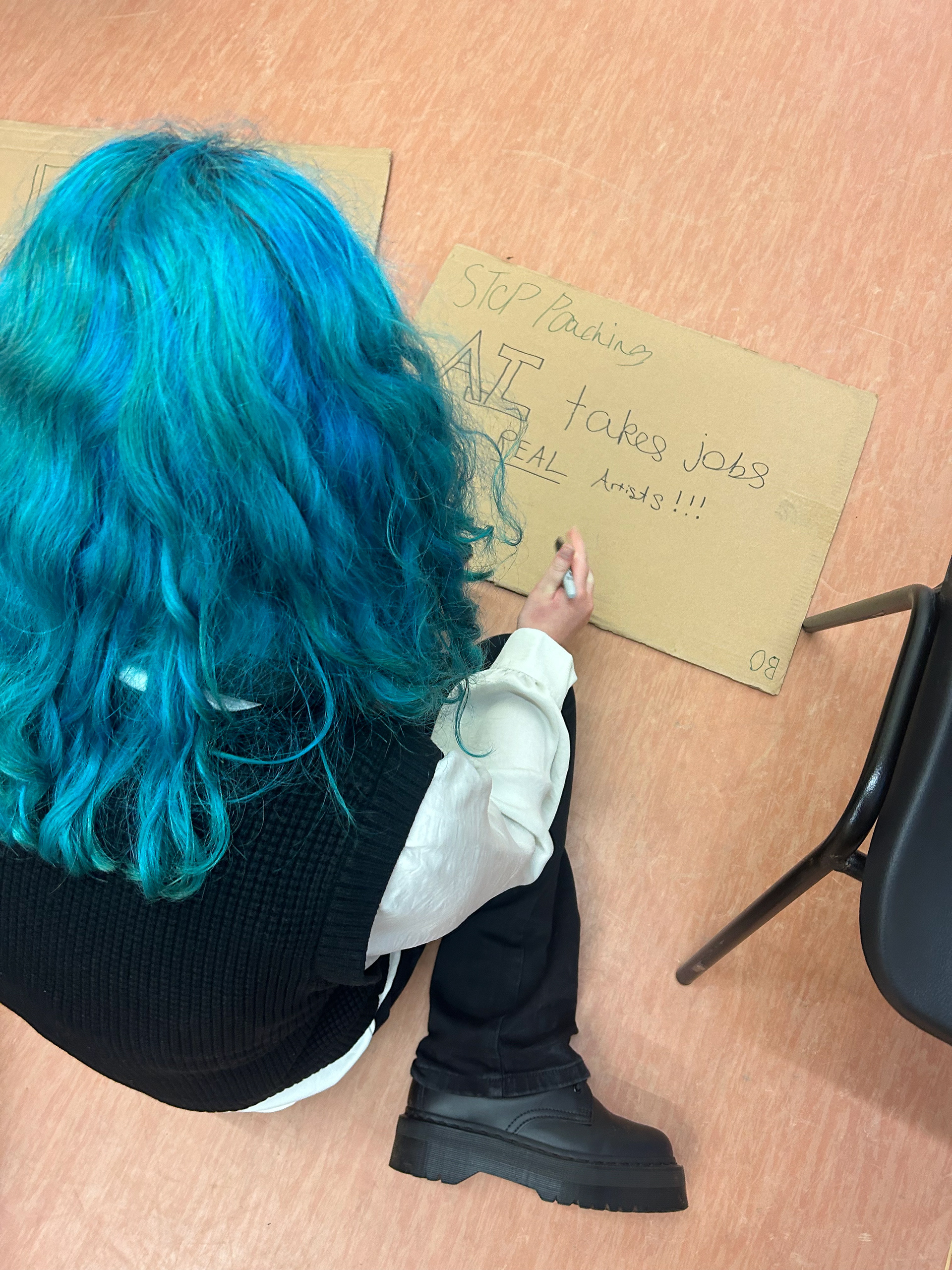


Imagine a world…
Imagine a world where the British government actually knew how to govern.
Imagine a world where people didn’t think ‘How did this game get a sequel?’ but instead they said ‘I’m so glad this game got a sequel’.
Imagine a world where kids could just be kids who don’t care about how they look and don’t focus on big influencers, they’re running wild and being free.
Imagine a world where artists weren’t afraid of AI taking away their future careers.
Written by young people from Youth Space Fife
Boroughmuir High School
Imagine a world where there is no climate change.
Imagine a world where we could fly.
Imagine a world where everyone gets treated fairly.
Imagine a world where everyone is kind.
Imagine a world where there are no slugs.
Imagine a world where wars don’t exist and the Earth isn’t in danger.
Imagine a world where KSI’s new song isn’t bad.
Imagine a world where the world is fine.
Imagine a world where nobody litters.
Imagine a world where Global warming isn’t a thing.
Imagine a world where there’s complete gender equality.
Imagine a world where we can teleport.
Imagine a world where my Wi-Fi doesn’t disconnect.
Imagine a world where unicorns exist.
Imagine a world where Fortnite Chapter 2 is actually realistic to the original.
Imagine a world where there is no war, money is free, everyone is kind and everything is fair.
Imagine a world where we had powers.
Imagine a world where there are no elections or leaders, crime or jails, factories or cities.
Imagine a world where life is easy.
Written by participants from Boroughmuir High School




Mix Up Theatre
Imagine a world where no one gets bullied.
Imagine a world where AI art doesn’t exist.
Imagine a world with more theatre clubs.
Imagine a world where the dinner ladies are nice.
Imagine a world where everyone is more understanding with each other.
Imagine a world where there’s no guns in America.
Imagine a world without cigarettes or vandalism.
Imagine a world without Farage.
Imagine a world where politicians treat everyone equally.
Imagine a world with no wake-up call.
Imagine a world where Rayman gets a sequel.
Imagine a world of real social and wealth equality.
Written by young people from Mix Up Theatre
The Green Team
Imagine a world where young people have a voice.
Imagine a world where people just thinking before they do something.
Imagine a world where people can live without fear of being judged.
Imagine a world where I can have a say.
Imagine a world where everyone is truly equal.
Imagine a world where everyone has a voice.
Imagine a world where people nurture the environment.
Imagine a world where we were able to beat big companies.
Imagine a world where we feel part of the world we live in.
Imagine a world where people practice what they preach.
Imagine a world where where every country genuinely works together.
Imagine a world where there is no over consumption.
Imagine a world where we are all considered the same.
Imagine a world where we are good at sharing.
Imagine a world where accessibility isn’t an afterthought.
Imagine a world where we don't fight.
Imagine a world where I am prime minister (of course).
Imagine a world where people can have different opinions.
Imagine a world where sustainable space exploration was a thing.
Imagine a world where we have seasons (again).
Imagine a world where people just thinking before they do something.
Imagine a world where people can live without fear of being judged.
Imagine a world where I can have a say.
Imagine a world where everyone is truly equal.
Imagine a world where everyone has a voice.
Imagine a world where people nurture the environment.
Imagine a world where we were able to beat big companies.
Imagine a world where we feel part of the world we live in.
Imagine a world where people practice what they preach.
Imagine a world where where every country genuinely works together.
Imagine a world where there is no over consumption.
Imagine a world where we are all considered the same.
Imagine a world where we are good at sharing.
Imagine a world where accessibility isn’t an afterthought.
Imagine a world where we don't fight.
Imagine a world where I am prime minister (of course).
Imagine a world where people can have different opinions.
Imagine a world where sustainable space exploration was a thing.
Imagine a world where we have seasons (again).
Written by participants from The Green Team
Thank you to the young people who have kindly contributed their views, frustrations and aspirations as part of this project.
